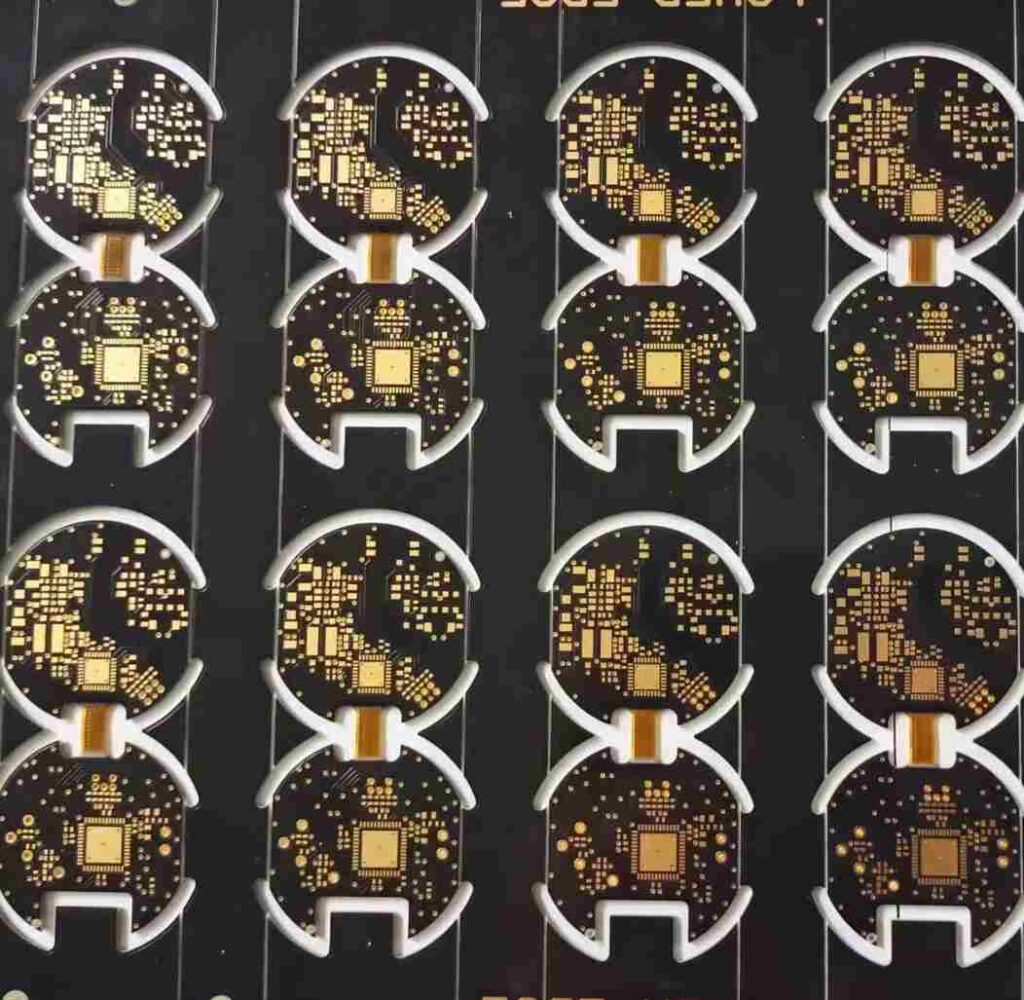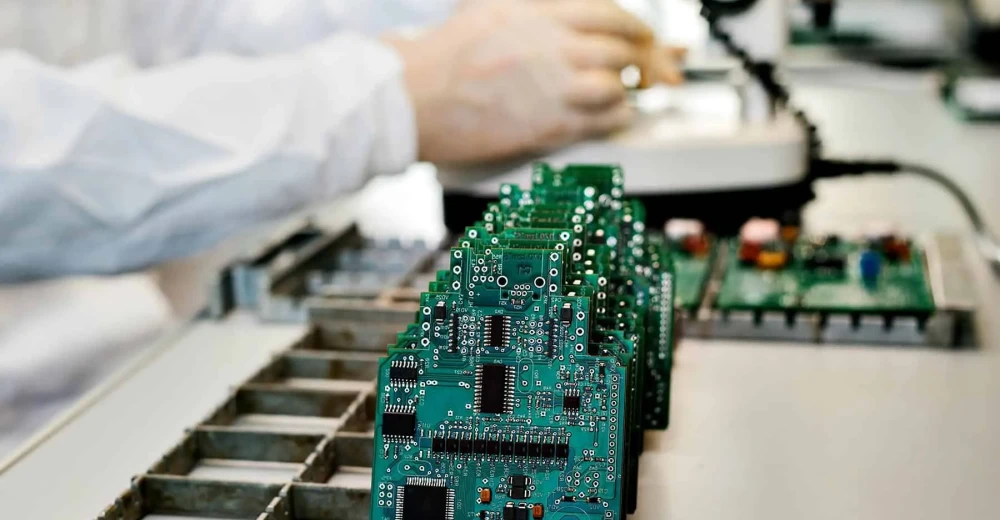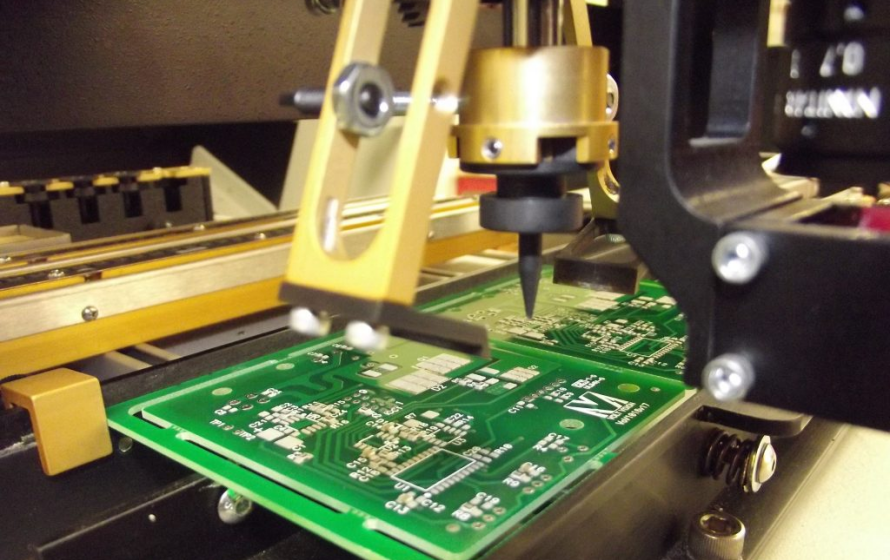Circuit boards are at the heart of most electronic devices and products. For many companies, getting prototype and low-volume circuit boards assembled quickly is crucial for meeting development and production schedules. This article explores strategies and techniques for fast turn circuit board assembly when you need boards fabricated and assembled in days or weeks, not months.
Why Fast Turnaround Matters
There are several situations where you need circuit boards assembled and delivered in a hurry:
- Proof of concept prototypes – Getting working prototypes built rapidly lets you test concepts and refine designs quickly through an iterative process. Short assembly lead times speed overall development.
- Market demands – Getting products to market fast is often key, especially for consumer electronics. Short assembly lead times allow you to respond quickly to customer needs and new opportunities.
- Production schedules – Even for higher volume products, long lead times getting initial circuit boards assembled can delay production ramp up and product launches. Fast turn assembly helps meet market launch dates.
- Unexpected needs – Sometimes you need boards urgently for demos, exhibitions, or to replace obsolete components. Rapid turnaround on assembly gets you boards when you need them unexpectedly.
Fast turn assembly may cost more per board, but can save huge amounts of time and money overall for the situations above.
Challenges of Fast Turnaround

Doing circuit board assembly with lead times of days or weeks instead of months poses challenges including:
- Increased costs – Assembly shops charge premiums for fast turnaround to cover overtime and expediting costs. Exact pricing depends on factors like board complexity.
- Resource constraints – Shops may lack open production capacity on short notice. Staff overtime and schedule juggling is required to fit urgent orders in.
- Quality risks – Compared to standard lead times, fast assembly allows less time for engineering reviews, testing, and optimization. Quality may suffer.
- Limited production options – Some assembly techniques like SMT just cannot be done fast. Tradeoffs may be required using other techniques.
- Prototyping difficulties – New designs often need multiple iterations and fixes. This can be difficult to accommodate with short lead times.
- Logistics challenges – Getting PCBs, components, and personnel together quickly for assembly and shipping adds logistics time and cost.
While challenging, fast turn circuit board assembly is feasible in many cases as examined next. The key is partnering with an experienced assembly provider.
Partnering with an Experienced Assembly Provider
The essential requirement for rapidly assembling circuit boards is working with an assembly provider who has expertise in fast turn services. Features to look for include:
- Fast turn focus – Some providers specialize in fast turnaround. They’ve optimized their operations and supply chains for quick-response.
- Established fast turn processes – Experienced providers have streamlined procedures for every step – design reviews, Bills of Materials, procurement, assembly, inspection, test, and delivery.
- Supply chain access – Providers with relationships with component vendors and PCB shops can procure needed parts and boards with short lead times.
- Production flexibility – They can juggle production schedules and be flexible to take on urgent jobs. Best if they can handle high-mix, low-volume work.
- Quality practices – Even working fast, they adhere to quality standards, with inspection, testing, and failure analysis when needed.
- Customer focus – They work closely with customers throughout fast turn projects to meet requirements.
Below we dig into technical strategies they use to achieve rapid assembly.
Fast Turn Techniques and Trades-Offs

Experienced assembly partners employ a variety of techniques to reduce manufacturing times while balancing cost and quality:
Printed Circuit Boards
- Leverage existing designs – Where possible, use proven PCB designs you or your provider already have instead of new designs. Reduces engineering time.
- Simplify designs – Remove unnecessary components and features from the PCB layout to speed fabrication and assembly. Re-introduce later if needed.
- Use quick-turn PCB vendors – They specialize in fast prototyping and small batches, with lead times as short as 24 hours for basic boards.
- Avoid dense boards – Boards with components densely packed on both sides are harder to assemble quickly. Allow more spacing if possible.
- Loosen tolerances – Specifying tighter circuit dimensional tolerances slows fabrication. Allow wider tolerances for faster PCB production.
Components
- Reduce unique parts – The more unique part numbers, the more time procuring components. Reduce variations through standardization.
- Use available parts – Stick to parts that are easy to source quickly. Avoid long-lead or obsolete components.
- Buy extra stock – Have your assembler keep stock of commonly used fast turn parts to avoid delays.
- Allow substitutions – Let the assembler substitute similar parts if preferred parts are unavailable. Makes sourcing faster.
Assembly Techniques
- Use manual assembly – For low volumes, hand assembly and soldering is quick. Avoid slower automated assembly.
- Simplify soldering – For example, use through-hole parts instead of dense surface mount. Allows hand soldering.
- Skip difficult steps – Omit assembly steps like conformal coating that add significant time. Add later if needed.
- Relax requirements – Allow for larger solder fillets, bent leads, flux residue etc to speed hand work. Clean up later for production.
- Limit inspection – Reduce testing and inspection to the minimum needed to verify function. Do enhanced inspection later.
Order Management
- Use online quoting – Web-based quoting systems allow assembly costing in hours instead of days.
- Share documentation early – Provide complete assembly documentation – schematics, BOMs, drawings – at ordering to minimize delays.
- Get organized – Ensure component purchasing details, scheduling, and deliverables are clearly defined upfront.
- Communicate changes ASAP – If alterations are needed during the order, notify the assembler immediately to prevent slowdowns.
Managing Fast Turn Expectations
Because of theTrade-offs required, customers should understand that fast-turn assembly has limitations and manage expectations appropriately:
- Higher cost – Accept that expediting assembly typically costs at least 2-3X standard lead times. The premium pays for exceptional response.
- Schedule flexibility – Communicate your desired delivery date, but stay flexible. Your provider may need to negotiate based on actual production scheduling.
- Limited quality – Understand that accelerated assembly allows less in-process inspection and testing. Quality won’t match production-level standards.
- Potential follow-up work – After abbreviated assembly, some rework involving soldering, cleaning, inspection, or testing should be expected.
- No guarantees – Even experienced assemblers cannot guarantee delivery dates due to possible material delays and other uncertainties. Maintain contingency plans.
With the right provider using optimized procedures, fast turnaround circuit board assembly minimizes development and production delays while adequately balancing cost, quality, and reliability. Discuss the techniques in this article with potential partners to ensure they have the capabilities required.
Fast Turn Case Study: IoT Startup

To illustrate fast-turn assembly in action, consider this case study:
An IoT startup had developed a prototype wireless sensor module for monitoring industrial equipment. They needed working samples to test and demonstrate to potential customers within 3 weeks to hit their market window.
Here is how they achieved fast turn assembly:
Board Design – They had previously designed a 4-layer PCB for the module optimizing it for automated assembly. For the prototypes, they simplified it to single-sided to be hand assemble-able faster.
Component Selection – Most of the parts were readily available commodity devices including a microcontroller, wireless chip, power management IC, sensors, and passive components. For expediency, costlier components were deliberately omitted from the prototypes.
Order Process – They uploaded the Gerber and BOM files to the assembler’s portal and received an online quote within hours. After approval, the assembler ordered long-lead parts right away while they finalized assembly details.
Assembly Plan – Instead of automated SMT assembly, hand soldering of through-hole and some SMT parts was prescribed. Programming would be done after assembly rather than in-circuit.
Results – 50 functional prototypes were hand-assembled, programmed, and tested within 11 days of order approval. Some cleaning and minor rework was needed afterward, but allowed quick field demos.
For the startup, having the prototypes 3 weeks earlier made a huge difference, leading to product validation with customers and earlier regulatory approvals. This accelerated their overall development schedule.
Fast Turn PCB Assembly FAQ
Here are answers to some frequently asked questions about fast turn printed circuit board assembly:
How fast can circuit boards realistically be assembled?
With an optimized process, deliveries in 5-7 days are fairly common. 10-14 days is readily achievable. The fastest turnaround possible is 48-72 hours for simple boards requiring minimal sourcing and assembly.
What size boards can be assembled quickly?
Smaller boards can typically be assembled fastest – usually under 6 inches in either dimension. Assembling larger or higher layer count boards quickly becomes more difficult.
What production quantities can fast turn support?
Rapid assembly is suited for prototypes and low-volumes – usually 25-100 boards. Beyond that, standard production is recommended for cost and quality reasons.
What types of components can be used?
Standard through-hole and surface mount parts that are readily available generally work best for fast turn. Avoid highly custom or encased parts which require more handling.
How much more does fast turn assembly cost?
As a rough estimate, expect fast turn premiums of at least 2-3X the cost for standard assembly with 4+ week lead times. However, expediting fees vary significantly based on order details.
When does it make sense to pay fast turn premiums?
When project schedules for prototyping, field trials, or production ramps will clearly be accelerated. Also, when missing market windows could result in sizable lost revenue or other opportunity costs.
How is quality affected compared to standard assembly?
Some loss of quality should be expected with the process shortcuts needed to go fast. The assembly partner does their best to ensure functionality, but full production-level quality requires standard schedules. Rework can correct defects later if needed.
What should you verify when choosing a fast turn assembler?
Look for expertise focused specifically on fast turnaround including proven experience, dedicated capabilities and capacity, flexible production processes, supply chain access, and quality procedures that balance speed with reliability.






Leave a Reply